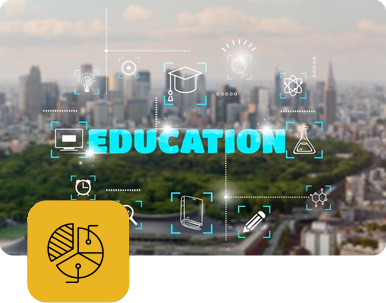Technology and education

The intersection of technology and education is an exciting and rapidly evolving space. Technology has been transforming how we learn, teach, and access information in profound ways. Some key areas where technology is shaping education include:
1 . Online Learning Platforms :
- Services like Coursera, Khan Academy, and edX have made education more accessible to anyone with an internet connection. People can take courses from top universities or learn niche skills that weren’t previously available without attending traditional schools.
2 . Ed Tech Tools :
- AI can adapt learning experiences to fit individual students’ needs. Platforms like DreamBox and Squirrel AI can analyze a student’s learning style and pace and adjust content accordingly, helping students learn more efficiently.
3 . AI and Personalized Learning :
- AI can adapt learning experiences to fit individual students’ needs. Platforms like DreamBox and Squirrel AI can analyze a student’s learning style and pace and adjust content accordingly, helping students learn more efficiently.
- Virtual Reality (VR) & Augmented Reality (AR): VR and AR are creating immersive learning environments where students can experience subjects like history, science, or even medical procedures in ways that are far beyond textbooks. These technologies are particularly useful for hands-on learning without the risks or limitations of traditional methods.
4 . Gamification :
- Incorporating game-like elements (points, badges, leaderboards) into learning platforms has been shown to increase engagement and motivation. Minecraft Education Edition, for example, lets students use the game to explore everything from coding to chemistry in a virtual world.
5 . Blockchain for Credentialing :
- Blockchain technology is being explored for secure and verifiable credentialing, allowing individuals to prove their skills or education through a transparent and tamper-proof record of their achievements.
6 . Data Analytics :
- eachers and institutions are increasingly using data to monitor students’ progress, identify learning gaps, and adjust their teaching methods. Educational institutions use data to track everything from grades to engagement, helping educators provide better support.

